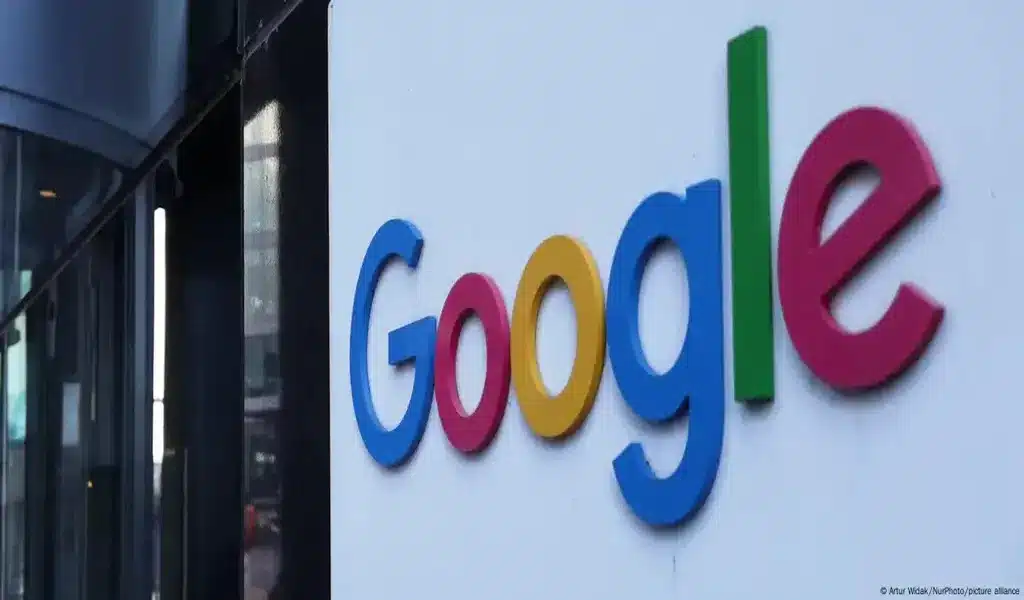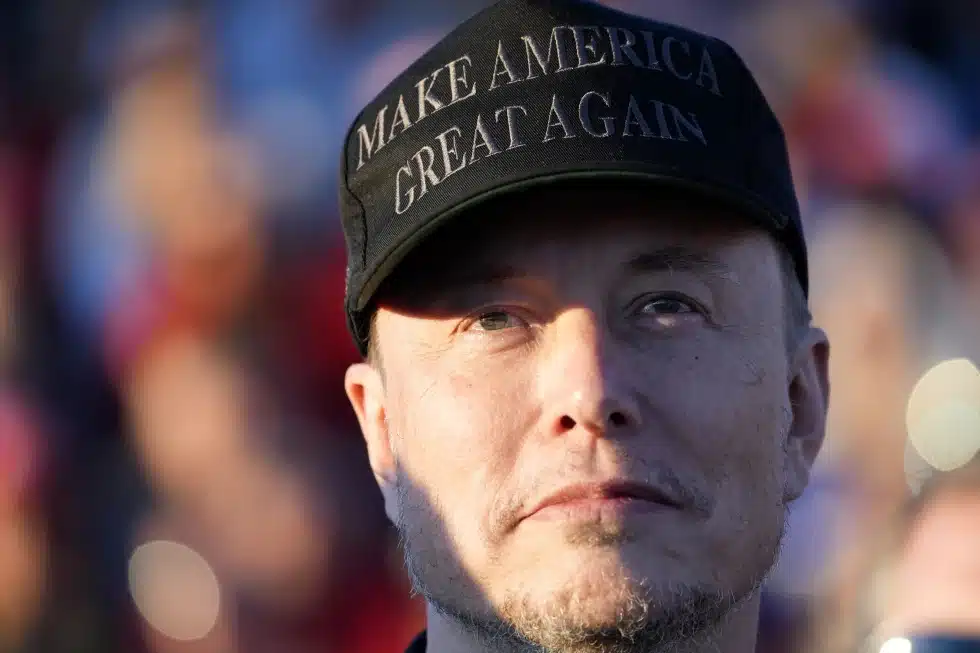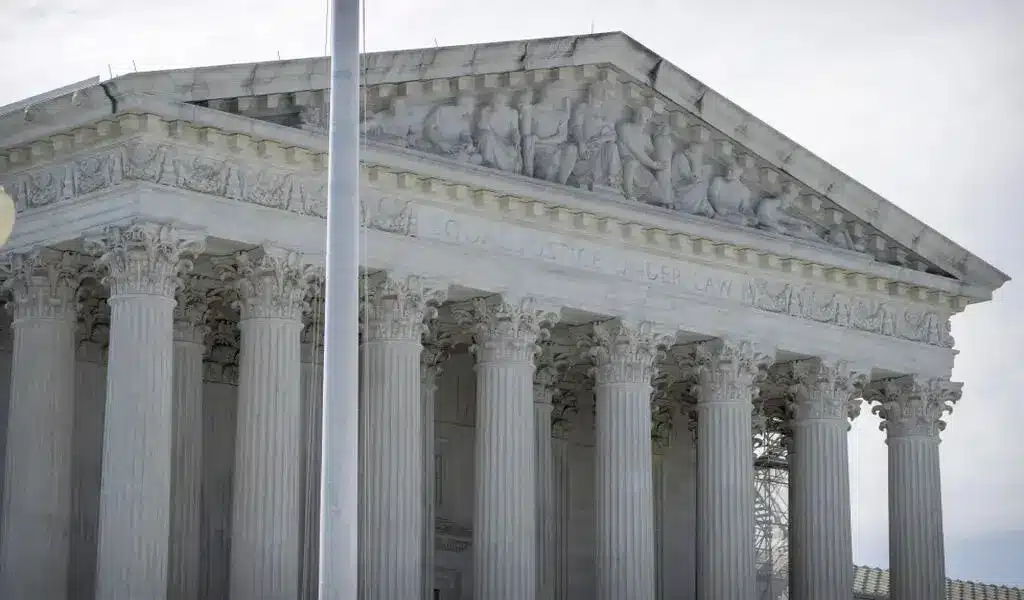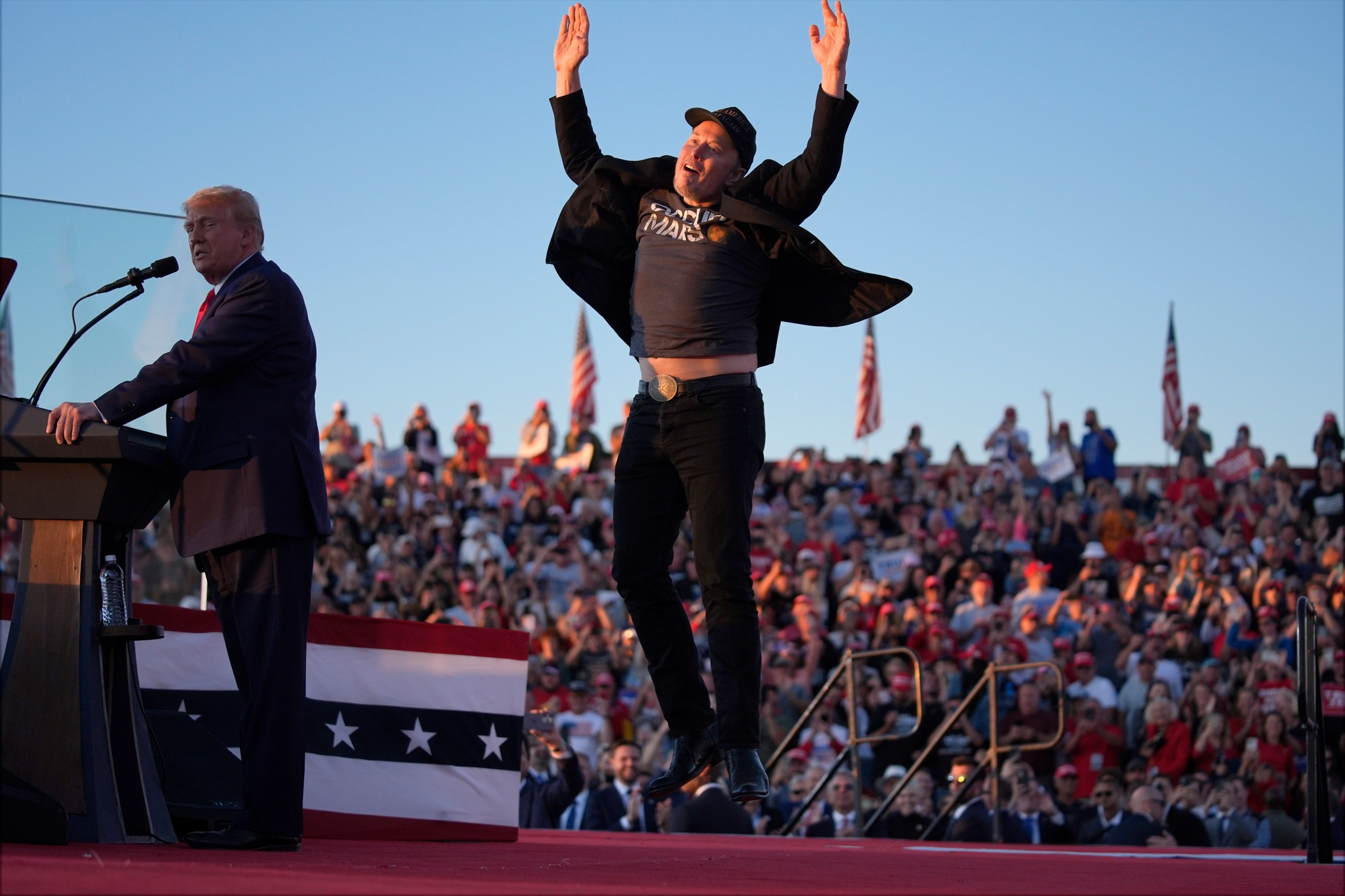News
US Federal Study Finds Facial-Recognition Systems Racist
A landmark US federal study has revealed facial-recognition systems misidentified people of color more often than white people. Casting new doubts on a rapidly expanding investigative technique widely used by law enforcement agencies.
Asian and African American people were up to 100 times more likely to be misidentified than white men. The study, found a wide range of accuracy and performance between developers’ systems. It also showed that Native Americans had the highest false-positive rate of all ethnicities.
The faces of African American women were also falsely identified more often. Especially in the kinds of searches used for police investigators. Image are compared with thousands or millions of others in hopes of identifying a suspect.
Asians, African Americans, Native Americans and Polynesians

Algorithms developed in the U.S. also showed high error rates for “one-to-one” searches of Asians, African Americans, Native Americans and Polynesians. Such searches are critical to such functions as cellphone sign-ons and airport boarding schemes. Consequently errors could make it easier for impostors to gain access to those systems.
The study found middle-age white men generally benefited from the highest accuracy rates.
The National Institute of Standards and Technology, the federal laboratory known as the NIST that develops standards for new technology, found “empirical evidence.” Even more most of the facial-recognition algorithms exhibit “demographic differentials.” Consequently they can worsen their accuracy based on a person’s age, gender or race.
The study could fundamentally shake one of American law enforcement’s fastest-growing tools for identifying criminals. Privacy advocates have argued is ushering in a dangerous new wave of government surveillance tools.
Discrimination and racial abuse

The FBI has logged more than 390,000 facial-recognition searches of state driver-license records and other federal and local databases since 2011, federal records show. But members of Congress this year have voiced anger over the technology’s lack of regulation and its potential for discrimination and abuse.
The federal report confirms previous findings from studies showing similarly staggering error rates. Companies such as Amazon had criticized those studies, saying they reviewed outdated algorithms or used the systems improperly.
One of those researchers, Joy Buolamwini, said the study was a “comprehensive rebuttal” to skeptics of what researchers call “algorithmic bias.”
“Differential performance with a factor of up to 100?!” she told The Washington Post in an email Thursday. The study, she added, is “a sobering reminder that facial recognition technology has consequential technical limitations alongside posing threats to civil rights and liberties.”
Investigators said they did not know what caused the gap but hoped the findings would, as NIST computer scientist Patrick Grother said in a statement, prove “valuable to policymakers, developers and end users in thinking about the limitations and appropriate use of these algorithms.”
Jay Stanley, a senior policy analyst at the American Civil Liberties Union, which sued federal agencies this year for records related to how they use the technology, said the research showed why government leaders should immediately halt its use.
“One false match can lead to missed flights, lengthy interrogations, tense police encounters, false arrests, or worse,” he said. “But the technology’s flaws are only one concern. Face recognition technology – accurate or not – can enable undetectable, persistent, and suspicionless surveillance on an unprecedented scale.”
Amazon did not submit its algorithm for testing

The NIST’s test examined most of the industry’s leading systems, including 189 algorithms voluntarily submitted by 99 companies, academic institutions and other developers. The algorithms form the central building blocks for most of the facial-recognition systems around the world.
The algorithms came from a range of major tech companies and surveillance contractors, including Idemia, Intel, Microsoft, Panasonic, SenseTime and Vigilant Solutions. Notably absent from the list was Amazon, which develops its own software, Rekognition, for sale to local police and federal investigators to help track down suspects.
The NIST said Amazon did not submit its algorithm for testing. The company did not immediately offer comment but has said previously that its cloud-based service cannot be easily examined by the NIST’s test. Amazon founder and chief executive Jeff Bezos owns The Washington Post.
Grother, the NIST lead researcher, said other companies with cloud-based systems had been able to submit their algorithms, including Microsoft, which he said “sent us very capable and very reliable software.” Of Amazon, he added: “Our test remains open if they elect to participate.”
The NIST team tested the systems with about 18 million photos of more than 8 million people, all of which came from databases run by the State Department, the Department of Homeland Security and the FBI.
The arrest of innocent people

The test studied both how algorithms work on “one-to-one” matching, used for unlocking phones or verifying a passport. And also “one-to-many” matching, used by police to scan for a suspect’s face. Across sets of driver-license photos. Investigators tested both false negatives, in which the system fails to realize two identical faces are the same. As well as false positives, in which the system identifies two different faces as being the same. A dangerous failure for police, who could end up arresting an innocent person.
Some algorithms produced few errors, but the disparity in accuracy between systems could be enormous. There is no national regulation or standard for facial-recognition algorithms. Local law-enforcement agencies rely on a range of contractors and systems. Also with different accuracies and capabilities. The algorithms themselves – with names like “anyvision-004” and “didiglobalface-001” – are almost entirely unknown to anyone outside the industry.
Algorithms developed in Asian countries had smaller differences in error rates between white and Asian faces. Suggesting a relationship “between an algorithm’s performance and the data used to train it,” the researchers said.
“You need to know your algorithm, know your data and know your use case,” said Craig Watson. “Because that matters.”

News
Google’s Search Dominance Is Unwinding, But Still Accounting 48% Search Revenue

Google is so closely associated with its key product that its name is a verb that signifies “search.” However, Google’s dominance in that sector is dwindling.
According to eMarketer, Google will lose control of the US search industry for the first time in decades next year.
Google will remain the dominant search player, accounting for 48% of American search advertising revenue. And, remarkably, Google is still increasing its sales in the field, despite being the dominating player in search since the early days of the George W. Bush administration. However, Amazon is growing at a quicker rate.
Google’s Search Dominance Is Unwinding
Amazon will hold over a quarter of US search ad dollars next year, rising to 27% by 2026, while Google will fall even more, according to eMarketer.
The Wall Street Journal was first to report on the forecast.
Lest you think you’ll have to switch to Bing or Yahoo, this isn’t the end of Google or anything really near.
Google is the fourth-most valued public firm in the world. Its market worth is $2.1 trillion, trailing just Apple, Microsoft, and the AI chip darling Nvidia. It also maintains its dominance in other industries, such as display advertisements, where it dominates alongside Facebook’s parent firm Meta, and video ads on YouTube.
To put those “other” firms in context, each is worth more than Delta Air Lines’ total market value. So, yeah, Google is not going anywhere.
Nonetheless, Google faces numerous dangers to its operations, particularly from antitrust regulators.
On Monday, a federal judge in San Francisco ruled that Google must open up its Google Play Store to competitors, dealing a significant blow to the firm in its long-running battle with Fortnite creator Epic Games. Google announced that it would appeal the verdict.
In August, a federal judge ruled that Google has an illegal monopoly on search. That verdict could lead to the dissolution of the company’s search operation. Another antitrust lawsuit filed last month accuses Google of abusing its dominance in the online advertising business.
Meanwhile, European regulators have compelled Google to follow tough new standards, which have resulted in multiple $1 billion-plus fines.

Pixa Bay
Google’s Search Dominance Is Unwinding
On top of that, the marketplace is becoming more difficult on its own.
TikTok, the fastest-growing social network, is expanding into the search market. And Amazon has accomplished something few other digital titans have done to date: it has established a habit.
When you want to buy anything, you usually go to Amazon, not Google. Amazon then buys adverts to push companies’ products to the top of your search results, increasing sales and earning Amazon a greater portion of the revenue. According to eMarketer, it is expected to generate $27.8 billion in search revenue in the United States next year, trailing only Google’s $62.9 billion total.
And then there’s AI, the technology that (supposedly) will change everything.
Why search in stilted language for “kendall jenner why bad bunny breakup” or “police moving violation driver rights no stop sign” when you can just ask OpenAI’s ChatGPT, “What’s going on with Kendall Jenner and Bad Bunny?” in “I need help fighting a moving violation involving a stop sign that wasn’t visible.” Google is working on exactly this technology with its Gemini product, but its success is far from guaranteed, especially with Apple collaborating with OpenAI and other businesses rapidly joining the market.
A Google spokeswoman referred to a blog post from last week in which the company unveiled ads in its AI overviews (the AI-generated text that appears at the top of search results). It’s Google’s way of expressing its ability to profit on a changing marketplace while retaining its business, even as its consumers steadily transition to ask-and-answer AI and away from search.

Google has long used a single catchphrase to defend itself against opponents who claim it is a monopoly abusing its power: competition is only a click away. Until recently, that seemed comically obtuse. Really? We are going to switch to Bing? Or Duck Duck Go? Give me a break.
But today, it feels more like reality.
Google is in no danger of disappearing. However, every highly dominating company faces some type of reckoning over time. GE, a Dow mainstay for more than a century, was broken up last year and is now a shell of its previous dominance. Sears declared bankruptcy in 2022 and is virtually out of business. US Steel, long the foundation of American manufacturing, is attempting to sell itself to a Japanese corporation.
SOURCE | CNN
News
2024 | Supreme Court Won’t Hear Appeal From Elon Musk’s X Platform Over Warrant In Trump Case

Washington — Trump Media, The Supreme Court announced Monday that it will not hear an appeal from social media platform X about a search warrant acquired by prosecutors in the election meddling case against former President Donald Trump.
The justices did not explain their rationale, and there were no recorded dissents.
The firm, which was known as Twitter before being purchased by billionaire Elon Musk, claims a nondisclosure order that prevented it from informing Trump about the warrant obtained by special counsel Jack Smith’s team violated its First Amendment rights.
The business also claims Trump should have had an opportunity to exercise executive privilege. If not reined in, the government may employ similar tactics to intercept additional privileged communications, their lawyers contended.
Supreme Court Won’t Hear Appeal From Elon Musk’s X Platform Over Warrant In Trump Case
Two neutral electronic privacy groups also joined in, urging the high court to hear the case on First Amendment grounds.
Prosecutors, however, claim that the corporation never shown that Trump utilized the account for official purposes, therefore executive privilege is not a problem. A lower court also determined that informing Trump could have compromised the current probe.

Trump utilized his Twitter account in the weeks preceding up to his supporters’ attack on the Capitol on January 6, 2021, to spread false assertions about the election, which prosecutors claim were intended to create doubt in the democratic process.
The indictment describes how Trump used his Twitter account to encourage his followers to travel to Washington on Jan. 6, pressuring Vice President Mike Pence to reject the certification, and falsely claiming that the Capitol crowd, which battered police officers and destroyed glass, was peaceful.
Supreme Court Won’t Hear Appeal From Elon Musk’s X Platform Over Warrant In Trump Case
That case is now moving forward following the Supreme Court’s verdict in July, which granted Trump full immunity from criminal prosecution as a former president.
The warrant arrived at Twitter amid quick changes implemented by Musk, who bought the company in 2022 and has since cut off most of its workforce, including those dedicated to combating disinformation and hate speech.
SOURCE | AP
News
The Supreme Court Turns Down Biden’s Government Appeal in a Texas Emergency Abortion Matter.

(VOR News) – A ruling that prohibits emergency abortions that contravene the Supreme Court law in the state of Texas, which has one of the most stringent abortion restrictions in the country, has been upheld by the Supreme Court of the United States. The United States Supreme Court upheld this decision.
The justices did not provide any specifics regarding the underlying reasons for their decision to uphold an order from a lower court that declared hospitals cannot be legally obligated to administer abortions if doing so would violate the law in the state of Texas.
Institutions are not required to perform abortions, as stipulated in the decree. The common populace did not investigate any opposing viewpoints. The decision was made just weeks before a presidential election that brought abortion to the forefront of the political agenda.
This decision follows the 2022 Supreme Court ruling that ended abortion nationwide.
In response to a request from the administration of Vice President Joe Biden to overturn the lower court’s decision, the justices expressed their disapproval.
The government contends that hospitals are obligated to perform abortions in compliance with federal legislation when the health or life of an expectant patient is in an exceedingly precarious condition.
This is the case in regions where the procedure is prohibited. The difficulty hospitals in Texas and other states are experiencing in determining whether or not routine care could be in violation of stringent state laws that prohibit abortion has resulted in an increase in the number of complaints concerning pregnant women who are experiencing medical distress being turned away from emergency rooms.
The administration cited the Supreme Court’s ruling in a case that bore a striking resemblance to the one that was presented to it in Idaho at the beginning of the year. The justices took a limited decision in that case to allow the continuation of emergency abortions without interruption while a lawsuit was still being heard.
In contrast, Texas has been a vocal proponent of the injunction’s continued enforcement. Texas has argued that its circumstances are distinct from those of Idaho, as the state does have an exemption for situations that pose a significant hazard to the health of an expectant patient.
According to the state, the discrepancy is the result of this exemption. The state of Idaho had a provision that safeguarded a woman’s life when the issue was first broached; however, it did not include protection for her health.
Certified medical practitioners are not obligated to wait until a woman’s life is in imminent peril before they are legally permitted to perform an abortion, as determined by the state supreme court.
The state of Texas highlighted this to the Supreme Court.
Nevertheless, medical professionals have criticized the Texas statute as being perilously ambiguous, and a medical board has declined to provide a list of all the disorders that are eligible for an exception. Furthermore, the statute has been criticized for its hazardous ambiguity.
For an extended period, termination of pregnancies has been a standard procedure in medical treatment for individuals who have been experiencing significant issues. It is implemented in this manner to prevent catastrophic outcomes, such as sepsis, organ failure, and other severe scenarios.
Nevertheless, medical professionals and hospitals in Texas and other states with strict abortion laws have noted that it is uncertain whether or not these terminations could be in violation of abortion prohibitions that include the possibility of a prison sentence. This is the case in regions where abortion prohibitions are exceedingly restrictive.
Following the Supreme Court’s decision to overturn Roe v. Wade, which resulted in restrictions on the rights of women to have abortions in several Republican-ruled states, the Texas case was revisited in 2022.
As per the orders that were disclosed by the administration of Vice President Joe Biden, hospitals are still required to provide abortions in cases that are classified as dire emergency.
As stipulated in a piece of health care legislation, the majority of hospitals are obligated to provide medical assistance to patients who are experiencing medical distress. This is in accordance with the law.
The state of Texas maintained that hospitals should not be obligated to provide abortions throughout the litigation, as doing so would violate the state’s constitutional prohibition on abortions. In its January judgment, the 5th United States Circuit Court of Appeals concurred with the state and acknowledged that the administration had exceeded its authority.
SOURCE: AP
SEE ALSO:
Could Last-Minute Surprises Derail Kamala Harris’ Campaign? “Nostradamus” Explains the US Poll.
-

 News4 years ago
News4 years agoLet’s Know About Ultra High Net Worth Individual
-
Entertainment2 years ago
Mabelle Prior: The Voice of Hope, Resilience, and Diversity Inspiring Generations
-
News11 years ago
Enviromental Groups Tell Mekong Leaders Lao Dam Evaluation Process Flawed
-

 Health4 years ago
Health4 years agoHow Much Ivermectin Should You Take?
-

 Tech2 years ago
Tech2 years agoTop Forex Brokers of 2023: Reviews and Analysis for Successful Trading
-

 Lifestyles3 years ago
Lifestyles3 years agoAries Soulmate Signs
-

 Entertainment3 years ago
Entertainment3 years agoWhat Should I Do If Disney Plus Keeps Logging Me Out of TV?
-

 Health3 years ago
Health3 years agoCan I Buy Ivermectin Without A Prescription in the USA?


